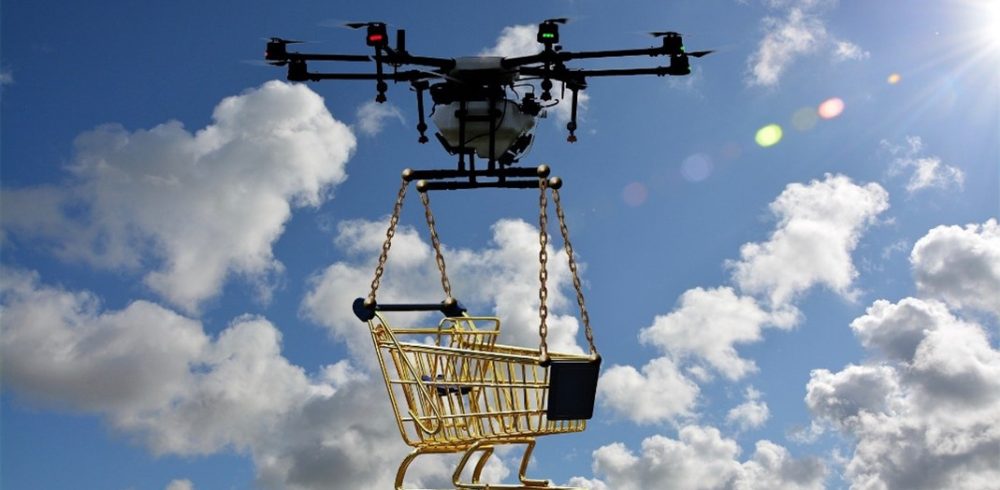From staff shortages for passenger flights to a severely impacted supply chain, the global aviation sector is facing challenges unlike any it has experienced. Despite dealing with these, innovation within the sector shows no signs of slowing down — in fact, we’re witnessing quite the opposite. Here Andrew Gibson, sales engineer at precision drives specialist maxon UK and Ireland, discusses the possible applications of motors in the near future.
Drone flights
Drones have been used in military applications for several years, but we’re starting to see them appear more in everyday life. Last month, it was announced that Amazon customers in California would be the first to receive Prime Air drone deliveries in the US. In the UK, cargo drones provider Windracers is undertaking a project with Royal Mail Group to develop a new un-crewed drone service to deliver mail to remote locations across the UK, such as the Shetland Islands, Orkneys, the Hebrides and Isles of Scilly.
Drones are also enhancing emergency services operations across the world. Recently, Buxton Mountain Rescue worked with the Connected Places Catapult to trial using drones in their everyday operations. There’s also the potential for the technology to be used by the fire brigade to assess large fires from above, allowing them to plan how to fight it in advance.
In agriculture, drones are being used by farmers to check how their crops are progressing without having to carry out manual checks. In the energy sector, they can also be used by countries like the UK that operate offshore wind farms. Turbine blades need to be inspected regularly, which can be done easily with the help of drones.
If we are to reap the benefits of drones across these sectors, it’s important to consider the requirements of their motors. The majority of drones are powered by electric motors, of which maxon has a range, but there are also other applications.
Some drones have an onboard camera system that can be used for navigation or in some cases, inspection. These camera systems need to be stabilised to ensure that the user can gather high-quality images or footage when required.
While a traditional aircraft’s undercarriage is powered by hydraulic systems, drones require electro-mechanical actuation. On fixed-wing drones, motors are also used in flight control systems to ensure that they reach their correct destination. In these applications, it’s important that these systems are as light and compact as possible to avoid unnecessary battery drain.
Urban air mobility
When Blade Runner was released in 1982, we never could have imagined that anything close to Spinners would exist in my lifetime. However, we’re much closer to seeing urban air mobility become reality than you might think.
In Paris, the Volocopter VoloCity is being trialled as a means of providing air taxi flights during the 2024 Olympics. In applications like this, motors are required for both flight-critical and passenger comfort applications. It could even be that motors are used to allow seats to fully rotate in the cabin, allowing meetings to be conducted in-flight.
Passenger aircrafts
It’s unlikely that we will ever see electric propulsion used for larger passenger aircraft. However, the industry is looking at ways of reducing the weight of existing aircraft to improve fuel economy. It’s widely known that the aviation industry is slow to adopt new technologies due to the stringent safety requirements and legislation that need to be met. In the coming years, we can expect to see more hydraulic systems, which are currently most commonly used for flight control being switched to electro mechanical actuation. Inside the cabin, similar changes could also be made, with seat actuators being swapped for smaller motors to further reduce mass.
One major way that we can reduce fuel consumption in the industry is to consider how an aircraft operates before take-off. There are projects underway that involve adding an electric motor to the front wheels of an aircraft, which will be used when taxiing to the runway. This means that the pilot only needs to switch the engines on when they are ready for take-off.
All of these future applications require specialist, lightweight motors with a small footprint. On top of this, they need to be able to withstand harsh conditions, such as extreme weather and excessive temperatures.
Manufacturing & Engineering Magazine | The Home of Manufacturing Industry News









